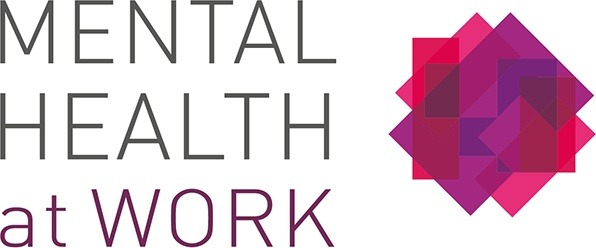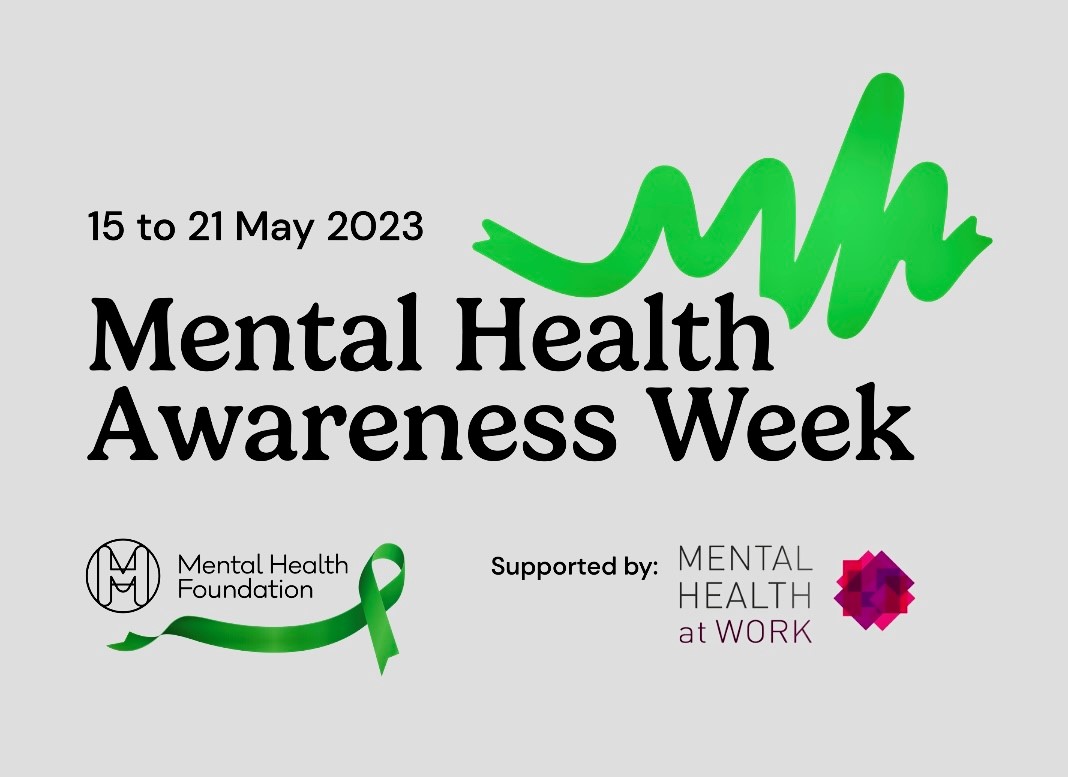Anxiety is the theme for Mental Health Awareness Week 2023 Anxiety may not be a term that we frequently use in the workplace, but recent research by the Mental Health Foundation showed that Anxiety was the highest frequency in Google search terms of any mental health issue and according to the Counselling Directory is the most common issue that the general population are seeking support for.
Further evidence from the Mental Health Foundation’s research on stress, anxiety and hopelessness over personal finances, showed that one in four adults reported being so anxious that it stopped them from doing things they want to do some of all of the time. Six in ten adults feel this way least some of the time.
A study from Mental Health UK reveals that over eight million people are experiencing anxiety at any one time, and the HSE estimates that 822,000 workers are affected by work-related stress, depression or anxiety every year. So, it is evident that anxiety will impact many of us both in the workplace and beyond.
Mental Health Awareness Week, provides an opportunity for organisations to start a conversation, whilst improving awareness and understanding of anxiety. Encouraging a workplace culture of openness around mental health has a positive impact on employee wellbeing, including the upsides to early noticing and signposted if needed, which support prevention and in some cases can reduce absence and improve productivity and engagement.
Why does anxiety matter to the workplace?
The average person will spend nearly 30% of their lives at work and given that statistically such a high percentage of employees (six in 100 during any given week 2) will experience anxiety at some time or another, it is very likely that your workplace is being impacted. How we experience anxiety and other mental health issues is personal to the individual and dependent on many factors. Mental health concerns are a significant cost to business now and in the future (approx. £53-56 billion per year1). Over the past 12 months we have witnessed the prolonged impact of the pandemic, and the affect that this can have on individuals can include situational anxiety from grief, isolation, blurred work-home boundaries, loneliness, social belonging and more recently, the rising cost of living and global and political unrest.
What is anxiety?
Anxiety is complex. It is in the mind, but it can trigger an intense physical response. A factor that might cause severe anxiety in one individual, may have little or no detrimental impact on another and it may be situational based on current circumstances. We all experience mental health and illness differently.
In a workplace context, the definitions of anxiety are less important than knowing enough to feel comfortable to ask someone how they are, and then take the time to listen, maybe asking open questions that enable them to speak.
What are the symptoms of anxiety?
Symptoms of anxiety are numerous and are often classified into physical, psychological and behavioural and can include increased heartbeat, headaches, feeling frightened, unable to concentrate or avoiding people or situations. It is not the role of the workplace to diagnose, but understanding that there is a wide range of symptoms can help if you need to talk about anxiety at work.
What does the workplace need to understand about Anxiety?
Anxiety promotes the perception of the world as a threat, which then creates a further increase in threat leading to more anxiety.
There are some tangible suggestions and ideas around minimising anxiety in the workplace:
- Getting good at noticing – would you notice a change in your colleagues behaviour?
- Listening– are you an active listener?
- Honesty and openness – how do you build trust amongst your teams?
- Great people engagement – can this be better in your workplace?
- Review of expectations and workload – how do you monitor the quantity and pace of workload?
- Signposting that meets your needs – how much do you know about your internal signposting and how to access?
Our overall message for the workplace is to encourage an open and stigma-free environment, in which managers are equipped with the skills to notice changes and feel confident to start a conversation around mental health, all of which can have a positive impact on colleagues who might be feeling anxious. An open conversation with a colleague who might be experiencing worries or concerns may just be the key prevention step that is needed to support that person from moving away from mental health.
Some useful resources
The Mental Health Foundation have developed a downloadable pdf of nine tips and suggestions to help deal with anxiety, which is available here
We have produced a video of these tips which you might want to share within your organisation and is available here
We have also developed a signposting guide which provides a list of useful resources and links and can be downloaded here
- Mental health and employers the case for investment – Deloitte 2022
- Mind

